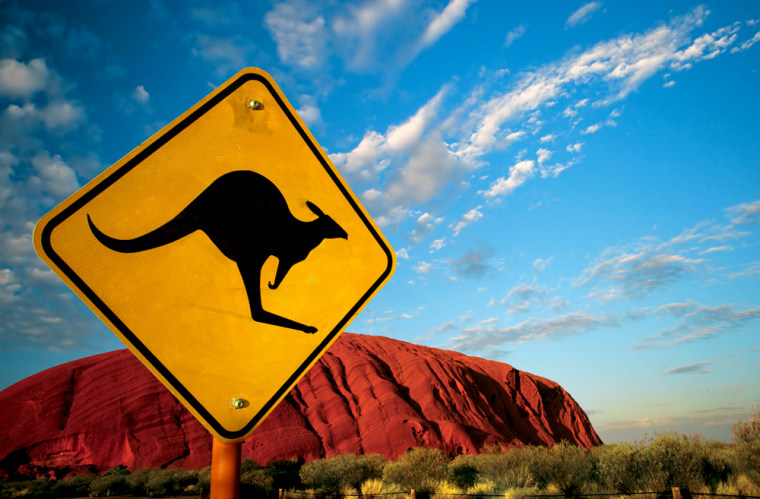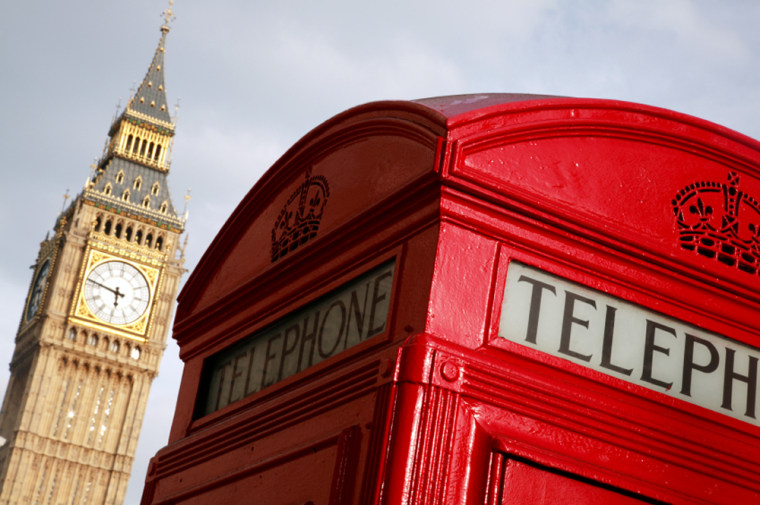With the dollar at new lows, and passport regulations more onerous, it was natural to think Americans would have cut back on their overseas travel. But according to the official numbers, nearly 63.7 million U.S. residents traveled internationally in 2006, and “overseas” destinations (i.e., excluding Canada and Mexico) received more than 30 million U.S. travelers in 2006, a 5 percent increase compared with 2005.
In that same period, the dollar lost 11 percent against the euro in 2006 and registered an 8.2 percent decline against an index of global currencies.
A closer look at Americans’ top 20 international destinations, as compiled by the U.S. Department of Commerce’s Office of Travel and Tourism Industries (OTTI), reveals some familiar patterns — perennial favorites like France and Italy remain in the top 10 — but it also reflects the changing landscape of global tourism. The list comprises a diverse and geographically widespread group of hot spots for American travelers, from Korea to Ireland to the Bahamas. And the East appears to be rising as a destination for U.S. voyagers: China has broken into the top 10 (in 2000 it placed 16th), and India and Hong Kong are tied with the Netherlands for 12th place, with nearly a million American visitors each.
Another interpretation of the data compiled is that Americans are drawn to the familiar. This would explain why our neighbors, Mexico and Canada, held the top two spots for number of out-of-country visits by U.S. residents last year.
It might also help explain why the U.K. is the highest-ranked overseas destination for Americans, and has held that spot for years. “Americans feel at home in the U.K.,” said Harry D. J. Barclay, president of The Barclay International Group, a New York-based travel agency that specializes in short-term apartment and villa rentals in Europe. He said demand for his group’s 400 cottages around Great Britain has been “fantastic” this year, speculates that the U.K. affords Americans “the feeling that they’re going somewhere different, but also that they’re home.”
But one could argue that the OTTI’s list also reveals Americans’ sense of adventure. That would account for the rise in travel to non-North American destinations compared with the relatively flat growth to Mexico and Canada (-3 percent and +1 percent, respectively).
And even in a familiar “foreign” territory like the U.K., Americans are getting more adventurous, said Simon Bradley, vice president of the Americas region for Visit Britain, the U.K.’s national tourism agency. U.S. travelers appreciate the two countries’ common language and culture, he said, but increasingly Americans are “exploring different parts of the U.K. We’re seeing more travel to Scotland, Wales, and the Southwest and north of England.”
Bradley pointed out that the British government’s tourism numbers for 2006 differ significantly from the U.S.’s figures. According to the British national statistics office, 3.9 million Americans visited the U.K. in 2006, a 13 percent increase from the previous year. (By contrast, the U.S. government’s figure for Americans visiting the UK in 2006 is 3.29 million, a 14 percent decrease year to year).
The OTTI’s deputy director, Ron Erdmann, explains that data for outbound travelers is trickier to collect than inbound information — the OTTI surveys travelers about their plans as they’re leaving the U.S. After that, he said, “they could go anywhere they please and we’d have no record.”

The perils of data collection notwithstanding, the OTTI’s list offers plenty of intriguing findings. Jamaica and Germany, for example, are tied in the number six spot, each with nearly 1.7 million American visitors in 2006.
“Jamaica keeps on trucking,” said the Jamaica Tourist Board’s Director of Tourism, Basil Smith. Despite setbacks in recent years from hurricanes and new U.S. passport requirements, Smith said, the country’s tourism growth has been “massive.” The OTTI’s numbers show a 25 percent increase in visitation by Americans to Jamaica in 2006 year to year, and a 90 percent increase compared with 2000.
Like Britain, Jamaica’s appeal may lie in its blend of the familiar and the exotic. Jamaica is an English-speaking country, Smith said, but at the same time it carries “a certain mystique.”

In other words, image matters — a sentiment echoed by Patrice Doyon, the assistant director for strategy and research at the French Government Tourist Office. “We have to stress that France has a better image in the U.S. now. The general political and economic relationship is better,” Doyon said.
In 2006, American visitation to France increased 1 percent, to 2.2 million visitors. By contrast, in 2003 — the year the U.S. House of Representatives renamed French Fries “freedom fries” — U.S. visitors to France numbered 1.9 million.
Doyon said that the weakened dollar has had an effect on American travel to France — and to Europe in general — but he expects that, especially because most Americans who visit France are repeat travelers, they will continue to visit, but simply spend less during their stays. The OTTI’s data corroborates this: Although American visitor numbers to France increased 1 percent in 2006, their spending decreased 4 percent during the same period.
To find out more about which countries were most visited by American travelers in 2006 — and to learn about some surprising upward and downward trends in visitation and spending — take a journey through our slide show.
